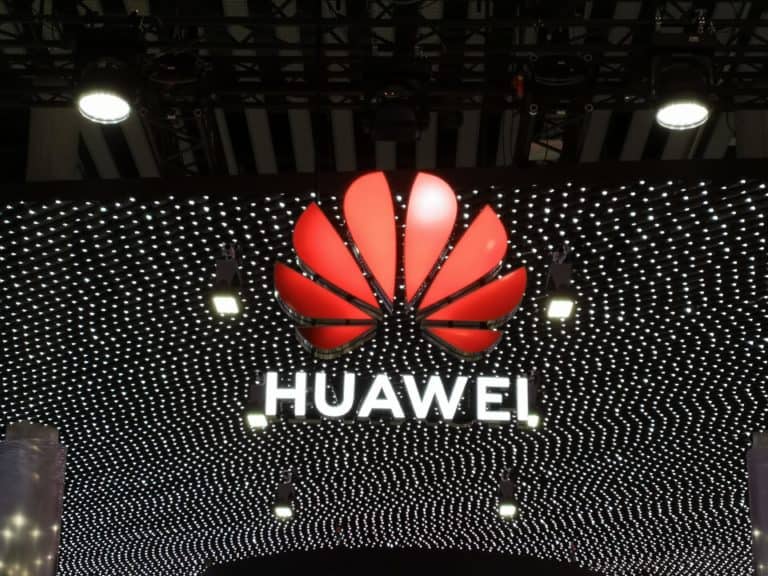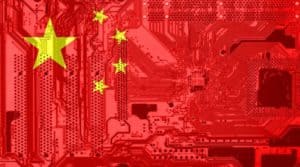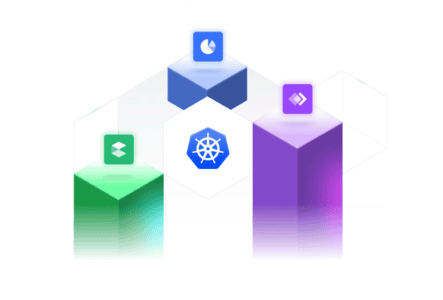At Huawei Connect 2019, Huawei presented its new strategy for the development of solutions and applications in the field of artificial intelligence (AI). The new solutions and applications include a new AI architecture for IP networks and a management & control system for self-driving vehicles.
Huawei describes the new AI architecture for IP networks as a three-layer architecture. This is because intelligent connectivity, intelligent management and maintenance, and intelligent AI training methods come together. The architecture includes the Engine AI Turbo product range and the iMaster NCE network management and control system for autonomous vehicles. The first iMaster NAIE network AI platform has also been announced. The inclusion of AI functions in multiple layers of the network accelerates network development to support autonomous driving.
Kevin Hu, President of Data Communication Product Line at Huawei, said: “Huawei will continue to enhance the competitiveness of its products and solutions by leveraging the three-layer AI architecture for intelligent IP networks based on the Engine AI Turbo product series, iMaster NCE and iMaster NAIE. We aim to better serve customers and partners worldwide and lead the development of intelligent IP networks.”
New flash storage
Huawei also announced new OceanStor Dorado all-flash storage. The new storage is built on the basis of the Kunpeng 920 and Ascend 310 AI processors. Specifications include 20 million IOPS and a latency of less than 0.1 ms. The interconnected SmartMatrix architecture ensures that core operations can continue to function. In other words, in the event of a malfunction in the controller, the architecture will not be stopped.
Peter Zhou, Vice President of IT Product Line and President of Intelligent Data and Storage Domain at Huawei, said: “In the digital economy, new connections and applications accelerate data production and flow. With the rapid development of advanced technologies such as 5G, AI and the Internet of Things (IoT), a wide range of applications and huge amounts of data are being generated, making real-time data processing demanding. In order to meet these requirements, data infrastructures need to be upgraded.”



















